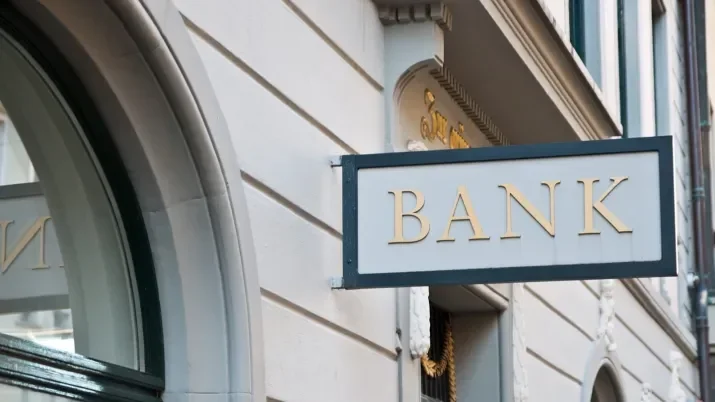Eventful few weeks in European high yield
It has been an eventful few weeks in the European high yield market. After waiting a long time for a bus to come along, three have come along at once. Except the bus is being driven by a restructuring lawyer and most investors were hoping the bus was not going to turn up at all.
I am of course talking about the fact that three large issuers in the high yield space (Altice France, Ardagh and Intrum) hired advisors to begin discussions of restructuring their respective debt stacks. The question for us and the market is whether this is the start of a wider trend or an unlucky coincidence for three names that had, in their own ways, been under stress for much of the last 12 months.
The answer, in truth, is probably a bit of both.
Much of the discussion over the last few years in the high yield market has revolved around the looming “maturity wall” and the implications for corporates that have to refinance their debt at much higher rates. For most high yield issuers this will lead to an inevitable decline in interest coverage (and subsequently free cash flow). We don’t think this, however, necessarily poses an existential problem. Proof of this is the elevated refinancing activity in the last few months which has addressed many of the 2025 needs for corporates and also the high average cash prices for the vast majority of the bonds that will need to refinance in the coming months. For other issuers though, a straight, or normal, refinancing - at least at current market yields - is likely to be less straightforward, and this is where we think credit analysts need to understand management/shareholder capacity and their willingness to de-lever the balance sheet into a refinancing, if they can at all.
The three companies noted previously had fallen into the latter category, and they had been trading at heavily discounted cash levels as uncertainty had built around a straight refinancing. There are, of course, some idiosyncrasies to each story; they operate in different sectors for instance (Altice France; TMT, Ardagh; paper & packaging, Intrum; debt collection), whilst also seeing varying degrees of asset sale success.
Ultimately, though, we think the similarities outweigh the differences. What characterised each business was not large earnings declines (although operational performance was generally so-so), but too much debt for the current interest rate regime and a proactive (some might say coercively in the case of Altice) want to right size capital structures to align with the exit of negative interest rate policy and the reality of higher rates.
So far, the discussions are expected to be relatively constructive, and are most likely to be “out-of-court”, with a relatively strong possibility of decent recoveries, particularly for secured bondholders. As we have said, the problem for many of the businesses that took advantage of lower rates is not necessarily structural, at least on the asset side, and we expect some deals to coincide with asset sales/equity injections to help support a refinancing or an “amend & extend” type deal.
Whilst we do not expect the default rate to get anywhere close to the levels we saw in 2001 and 2009, we do think the default rate could stay above the 2% longer term average in Europe for a while as these deals are worked out. But at the same time recoveries might also be higher and this could be an important difference compared to previous default cycles. If default rates did end up being higher than longer term averages, but recovery rates are also higher, then loss rates at the index would increase, but not meaningfully so in our view, and would to some degree be offset by higher outright yields in any case.
This probably explains, in part, why the market looks to be taking the recent headlines in its stride. The technical also remains supportive given high fund manager cash balances and recent positive YTD inflows/negative net supply, but we do think though that elevated default rate risks warrant a relatively cautious stance to high yield, particularly in lower (CCC/B-) rated capital structures, and particularly after the rally we have seen over the last 18 months. As we have mentioned on the blog before, there are other areas of credit that offer similar (or better) yield opportunities, but without the same default risk expectations, namely financials and asset-backed securities.




